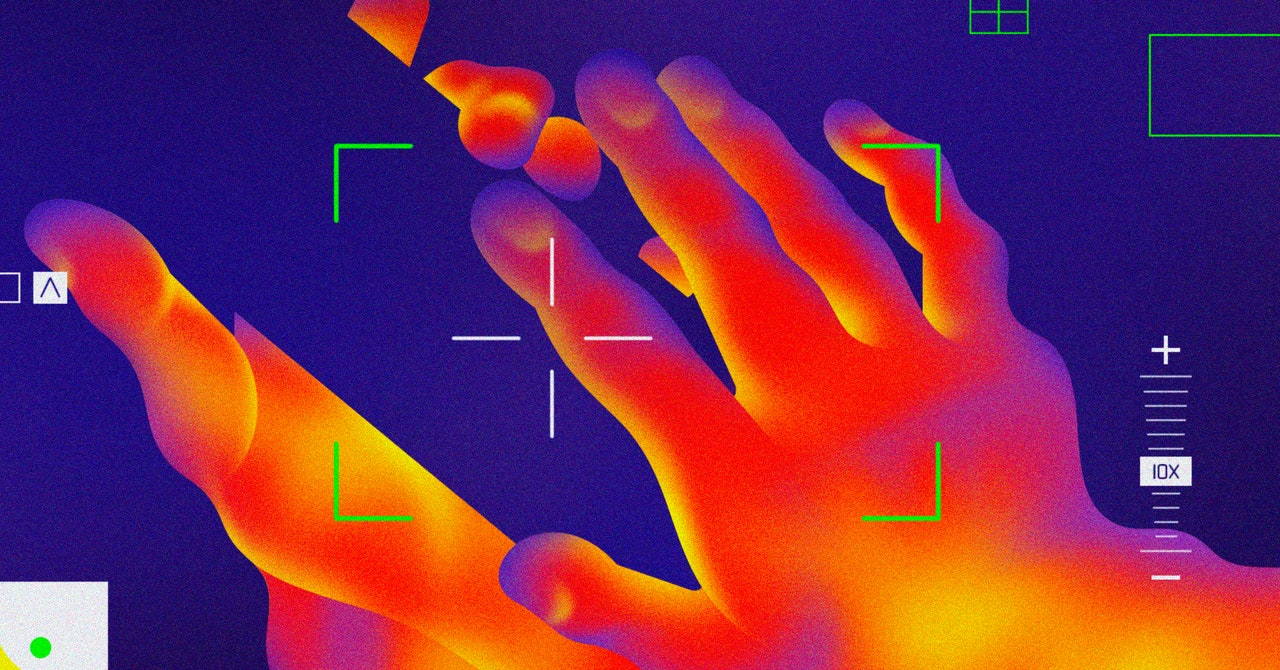

For backup and sync I use Syncthing. I can specify which folder on which devices I want to sync to which folder on the server.
I use a folder based gallery on my phone so when I move stuff around on my phone (or on my server) it gets replicated on all my devices.
I also have a policy to sync specified folders (and subfolder) with my family’s devices. No more " hey can you send me all the pics from the XYZ trip"
We take a trip. Make a subolder for that trip in a shared folder dump all our pictures there, get home and open the folder on the computer and prune together.








wow 10 months flew by since this was posted and since then the United States had a surprise privacy bill that is bipartisan that sort of addresses the issues you and I mentioned. https://www.washingtonpost.com/technology/2024/04/07/congress-privacy-deal-cantwell-rodgers/
This bill was proposed around the same time the TikTok ban was announced. I speculate that law makers had a difficult time framing the arguments against TikTok when “the data of citizens have no protections so there was no easy legal grounds to forbit the likes of TikTok to harvest it”
From what I’ve heard, this bill is pretty good. I need to educate myself more on it, however.